- 1

Cinco pasos para lanzar tu proyecto web con estructura y seguridad
01:44 - 2
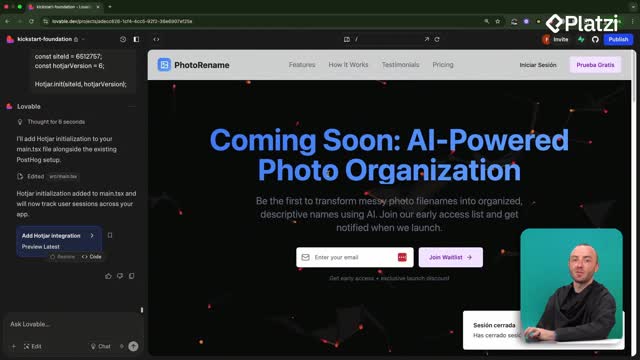
Edición directa de código en Lovable con modo desarrollador
06:41 - 3
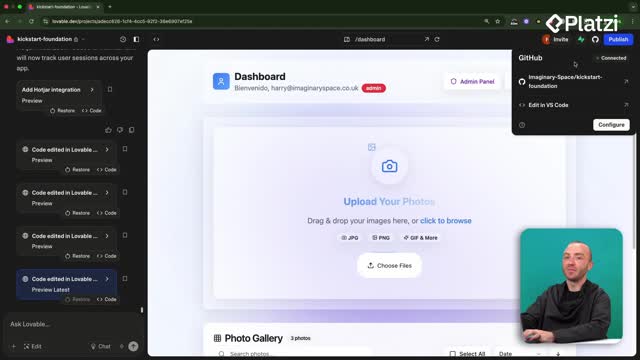
Cómo conectar GitHub a Lovable y sincronizar cambios de código
04:52 - 4
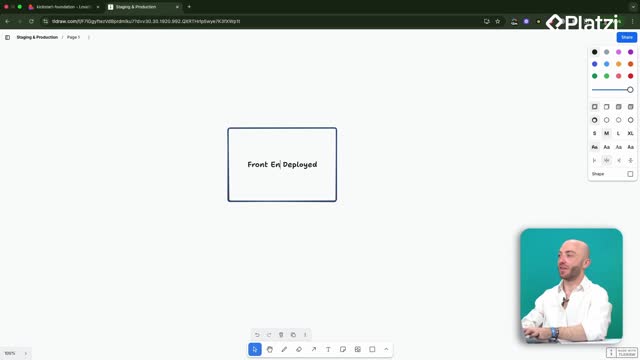
Configuración de entornos de staging y producción con GitHub
06:11 - 5
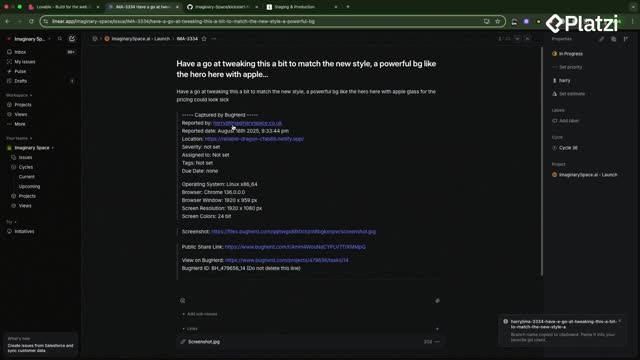
GitHub workflow for deploying features safely to production
13:43 quiz de Flujo de Desarrollo Profesional
Crear páginas de estado y endpoints de salud en aplicaciones
Clase 17 de 19 • Curso de Desarrollo Avanzado con Lovable
Contenido del curso
- 6
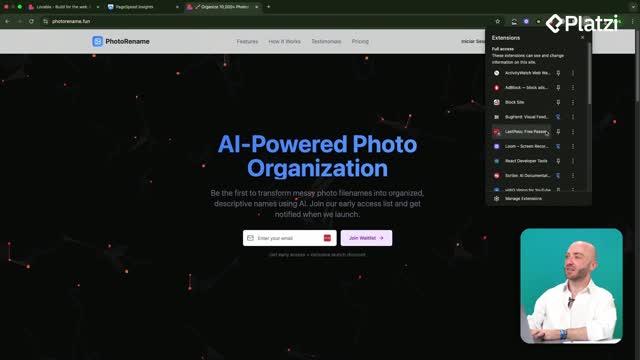
Optimización de velocidad con Google Page Speed Insights
12:18 - 7
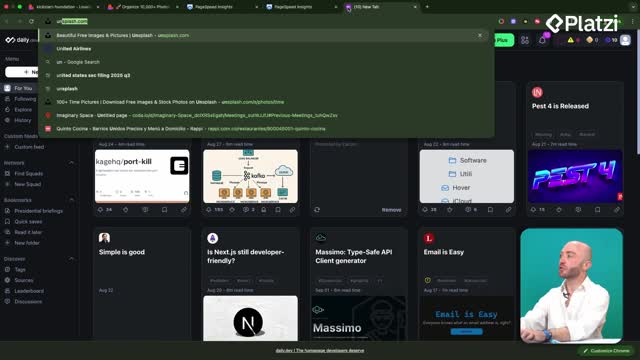
Optimización de imágenes web con Squoosh y lazy loading
08:30 - 8
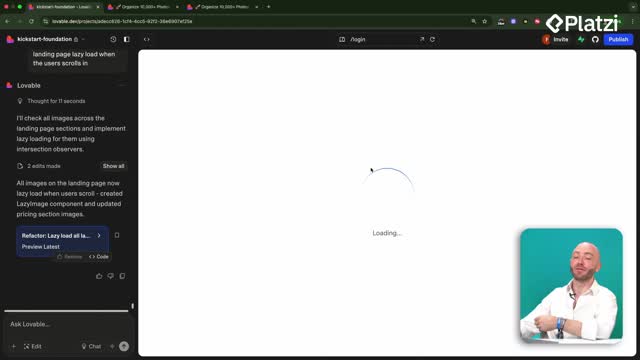
Caché local de datos de usuario para aplicaciones más rápidas
05:28 - 9
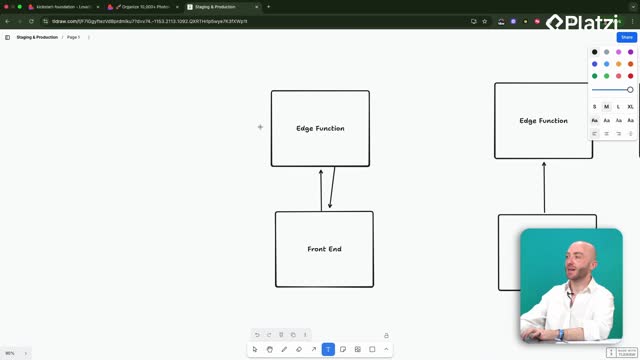
Background jobs con Supabase Edge functions para procesar imágenes
08:02 - 10

TanStack Table para optimizar rendimiento en React
05:14 quiz de Optimización del Rendimiento
Deliver rock-solid reliability by adding a simple, visible way to track your app’s health. A status page and a health endpoint in Lovable help you monitor uptime, database connectivity, and response time, while giving users confidence that you’re on top of performance.
What is a status page and why does it matter?
A status page shows whether your app is healthy and reachable. It helps you and your users quickly see if something is wrong. In Lovable, adding it is simple, and it signals care for uptime and transparency.
How does a health endpoint support monitoring?
- Returns a lightweight signal about health and performance.
- Confirms if the database is up and running.
- Feeds the status page so trends are clear.
Where should you place the status page?
- Inside the admin dashboard for internal visibility.
- As a standalone feature users can check.
- Embedded in your existing dashboard as a panel.
How is monitoring implemented in Lovable?
Lovable can scan your codebase and suggest a plan to implement monitoring end to end. You get storage for historical metrics, an endpoint to fetch data, and a panel that visualizes performance.
What components create historical performance data?
- A health metrics table to store lifetime performance data.
- A health check edge function that returns health and performance.
- An admin dashboard panel to visualize how the platform is performing.
How does a cron job improve uptime tracking?
- Runs automatically every 5–10 minutes.
- Saves health metrics without manual clicks.
-
Enables historical analysis to spot trends and overload periods.
-
Benefits you get.
- See long‑term performance, not just today.
- Identify evening peaks or high‑load windows.
- Catch regressions early and plan fixes.
What insights and actions come from the health data?
As data flows in, you can observe response time trends and act quickly. For example, if it sits around 122 milliseconds and spikes, it likely flags an issue that needs attention. You can also expose the status publicly so users stay informed.
Which alerts improve communication?
- Send an email when the database disconnects.
- Notify users that you’re aware and fixing the problem.
- Integrate with your existing error logging for a fuller picture.
How do response times signal problems?
- Stable times suggest healthy performance.
- Spikes indicate possible bugs or overload.
- Trends help prioritize fixes that keep the app healthy 24/7.
Have a question or a tip for making status pages more useful? Share your ideas and use cases in the comments.